Electric Acoustic Stimulation
If you have trouble hearing high-pitched sounds, discover how an Electric Acoustic Stimulation (EAS) system could give you the joy of sound.

What is EAS?
Are certain sounds easier to hear than others? Do people always sound as if they're mumbling? Do you feel that your hearing aids are just not good enough?
If this sounds familiar, you may be missing out on hearing high-pitched sounds. When you cannot hear high-pitched sounds, you have a type of hearing loss known as high-frequency hearing loss. This type of hearing loss is common, and the EAS treatment option is available for adults over the age of 18.
EAS is the combination of two technologies: cochlear implant technology for high-pitched sounds and hearing aid technology for low-pitched sounds. By using two different technologies in one device, you can hear the full range of sounds, making it much easier to chat with friends, enjoy music, and communicate in everyday life.
Low-Pitched Sounds—Hearing Aid Technology
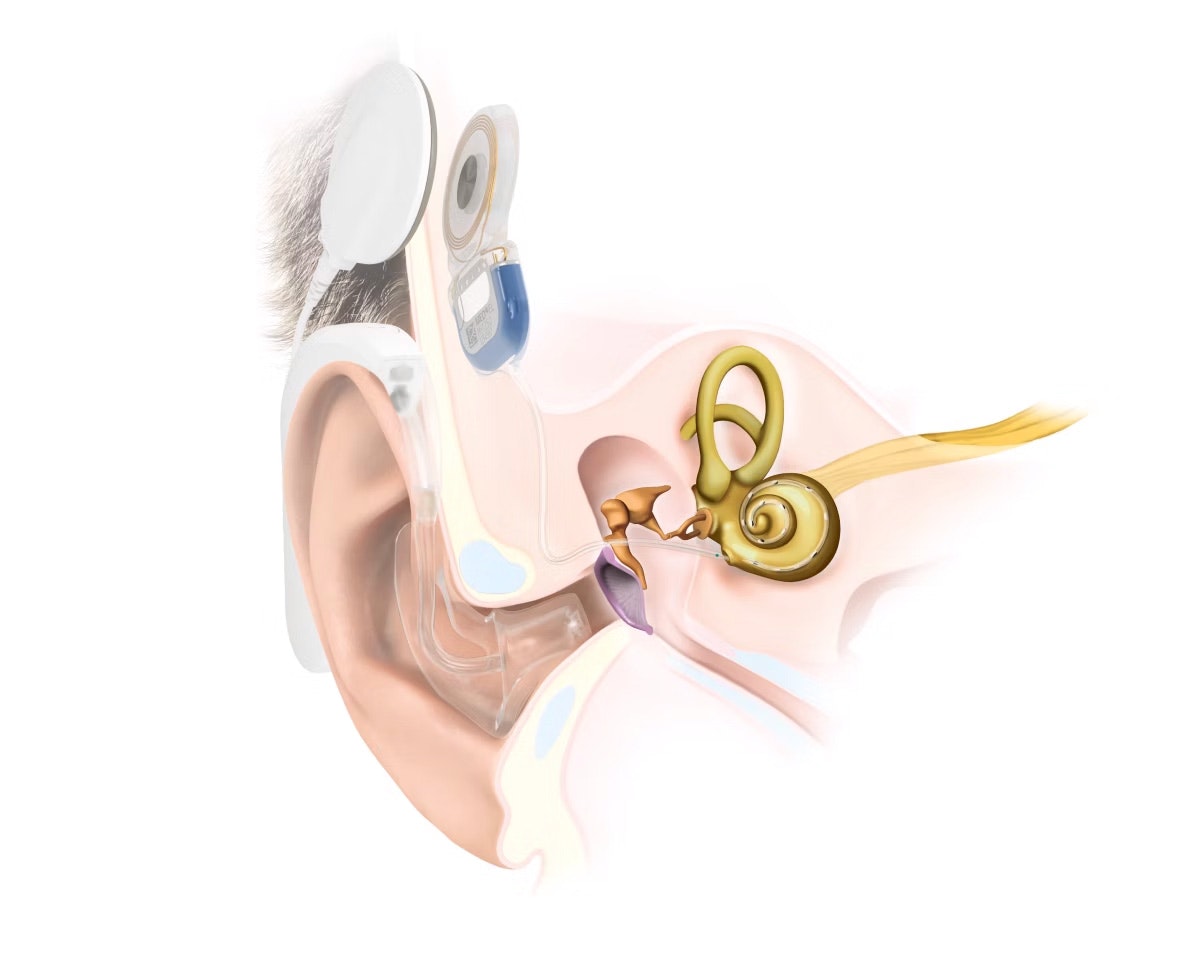


 1
2
3
1
2
3
- 1Sounds are detected by the microphones of the audio processor.
- 2Low-pitched sounds are made louder and sent through the earmold to the ear.
- 3These sounds are processed by the cochlea and sent to the brain.
High-Pitched Sounds—Cochlear Implant Technology


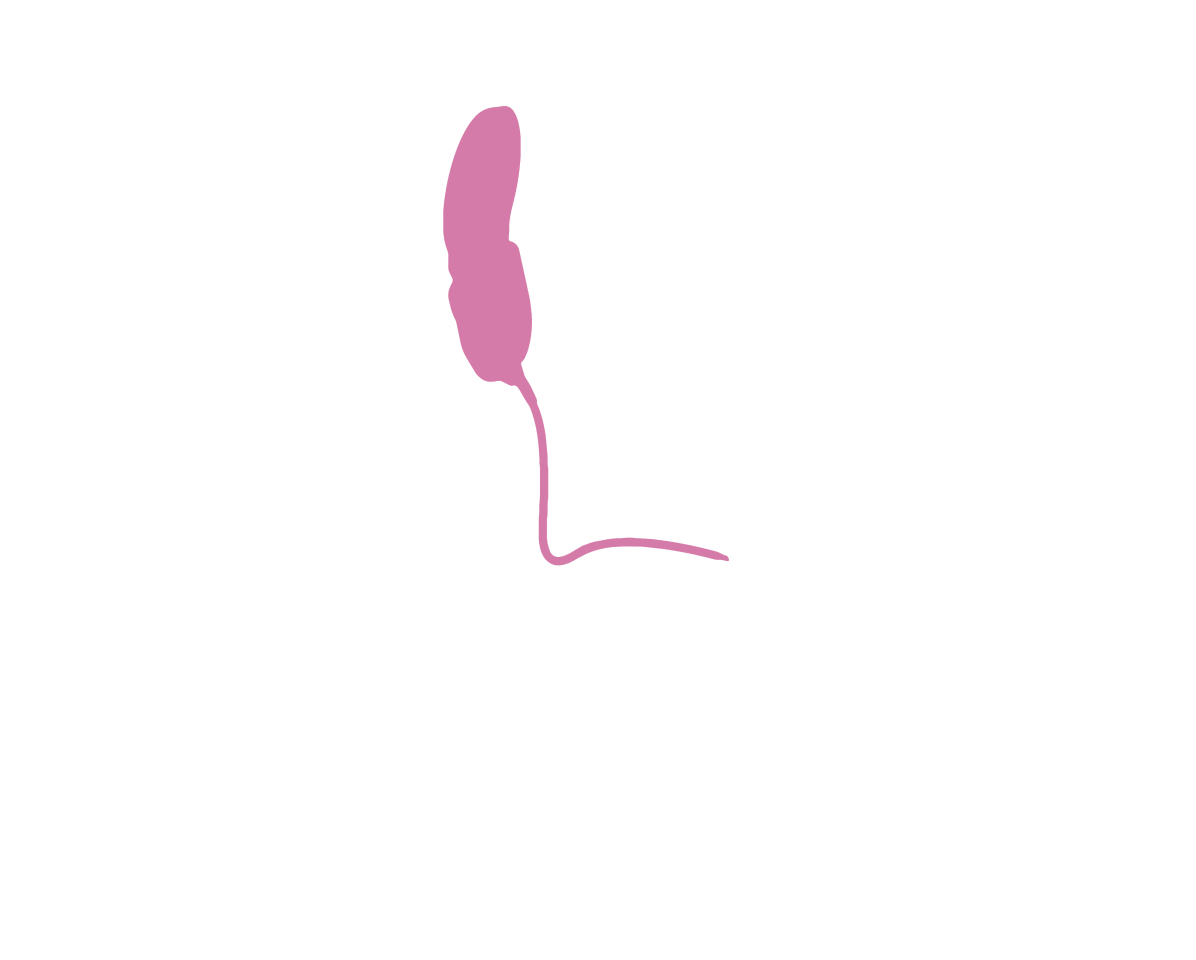
 1
2
3
1
2
3
- 1Sounds are detected by the microphones of the audio processor.
- 2High-pitched sounds are sent to the implant as electrical signals.
- 3These sounds are processed by the cochlea and sent to the brain.

More Than Just Hearing
EAS is proven to give you better hearing. And better hearing has many more benefits for your lifestyle, including:
- Easier to socialise with friends
- Improved relationship with family members
- Better hearing in noisy settings, like restaurants
- Easier listening on the phone
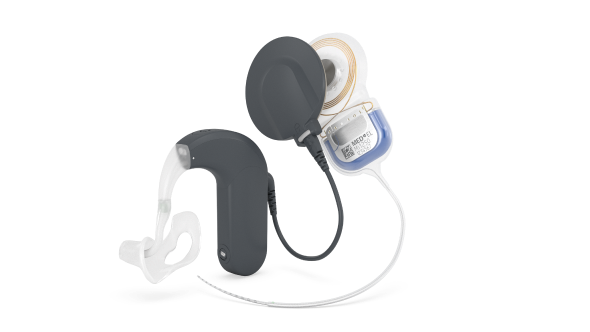
The Perfect Match
Your EAS system consists of two parts: the implant and the audio processor. The audio processor is worn on the outside of your head, sitting comfortably on your ear. It contains the microphones that pick up the sounds around you, and then sends these
sounds to your implant and the earmold in your ear. You’ll wear your audio processor all day every day, except when you’re asleep.
The implant is surgically placed just under your skin, and works with your audio processor to let
you hear sounds as naturally as possible. This part of the system will be with you for many years to come, so you should keep the future in mind when choosing your implant.
And with the help of our apps, you can make hearing with your EAS system even simpler and more convenient.

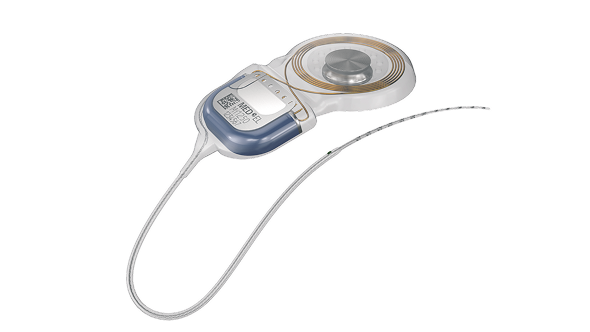
SYNCHRONY 2 Cochlear Implant
Great sound quality is only possible with a great implant. With SYNCHRONY 2, you can benefit from the latest cochlear implant technology and our MRI Guarantee.
But the biggest advantage of SYNCHRONY 2 lies in its super soft electrodes. Find out about MED-EL's electrodes and how they help you make the most of your hearing.
Discover More
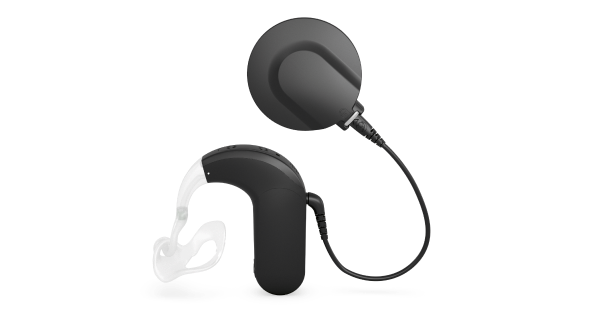
Stream Big With our Smallest Processor
Smaller and lighter than SONNET 2 EAS and equipped with integrated direct streaming, SONNET 3 EAS offers you freedom and flexibility. Experience closest to natural hearing with our latest behind-the-ear audio processor.
"My quality of life has changed tremendously since my implant"
Connect With a Real User
Our Hearpeers Mentors are cochlear implant recipients and parents of recipients from around the world. They are ready to answer your questions about life with a hearing implant.
We'd love to connect you with someone who may share a similiar story to yours. Click here to get in touch!
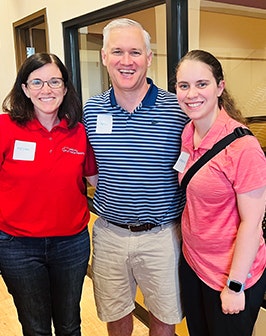
The Next Steps
What can you expect next? Here’s an outline of the process of receiving a cochlear implant.
* Recipients with a SYNCHRONY 2 Cochlear Implant may be safely MRI scanned at 1.5 and 3.0 Tesla following the conditions detailed in the instructions for use.
Contact Us
Don’t wait any longer to take the next step. Our team of hearing professionals is ready to answer any questions you may have to help you decide what is right for you.
Get in Touch
Would you like more information on our hearing loss solutions? Just fill out our simple contact form and we’ll get back to you.




